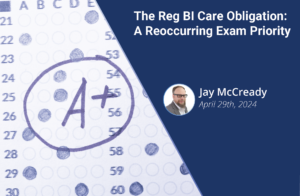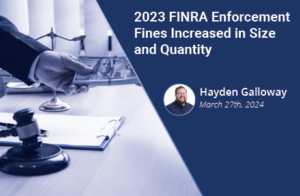January 24th, 2024 | Brian Hendricks, Chief Operating Officer, CapitalROCK
I have heard, when talking to our clients and other industry professionals, discussion about Reasonably Available Alternatives (RAA) and the question of “what level of alternatives is needed to comply with Reg BI?” I haven’t heard a definitive answer. Some have advocated that it must be done at the account level and others at the specific product level. I would advocate that it must be done at the level that fulfils the care obligation. Yes, an easy out, but if we look at a statement in the most recent staff bulletin, perhaps the most telling statement is:
“A broker-dealer should have a reasonable process for establishing and understanding” the scope of reasonably available alternatives to be considered in order to fulfill the Care Obligation “
The key word is “Scope.” What is “the scope”? To fully understand the scope there must be a top-down analysis of all the alternatives available.
We consider alternatives all day long.
Because there is regulation involved, we think more about the process of considering alternatives because there is an outside influence. But the process of looking at alternatives is something we do all the time. Every time we go to the grocery store, we consider alternatives in terms of costs and features. We do this when we buy cars. We have a natural way of doing it. The idiomatic expression “You can’t compare apples to oranges” may actually be false. You can compare an apple to an orange when you are buying fruit. But if you were going to make a pie this is a different need. When considering making pie you might look to make an apple pie or maybe an orange cream pie. You could compare the benefits of each type of pie and then select apple. Once an alternative type of pie is addressed, you would then move to the second level of alternatives. “What type of apple is best for my apple pie?” You would compare the tart and firm Granny Smith to a Honeycrisp or good old fashioned Red Delicious. Comparing these alternatives would need to factor in the type of apples available to me, due to my location, the season, and what I can afford.
This example illustrates two key factors when considering alternatives:
-
- It must be done based on needs and circumstances
-
- It may need to be done and multiple levels
Reasonably available alternatives can only be done in the context of need.
Needing to make a pie is different than trying to be healthy and get some fruit in my diet. Needing to eat some fruit is an “apples to oranges” comparison. Making an apple pie is not. I could buy the best oranges in the world (or the cheapest ones), but if I am trying to make an apple pie, I missed the point.
Understanding a customer’s needs in a systematic process and then applying the alternatives is the only way to address Reg BI. Here is the problem. Great financial professionals do this intuitively. With any expert, over the years, they formulate business processes in their practice. They have built internal mental algorithms that can compare customer needs to the products they feel comfortable offering. If you asked a financial professional to explain their mental process, it could be difficult for them to do it. They have done it so much that they “just know.” So, the real issue within the guidelines of Regulation Best Interest is to have a process that allows financial professionals to do what they do best and then help them show their work. The process I propose is a multi-step approach that is easily understood by the customer and can be explained in a repeatable fashion.
The approach may need to include multiple levels of comparison
Customer needs are not just at one level and the corresponding solutions are at multiple levels. With this in mind, the level of alternatives must be based on the level of need. I would argue that to truly have a process, even though a financial professional knows what they are doing, they must explain at each level why something fits the client’s needs without skipping a step. What is very difficult is to try and compare account level alternatives to product level alternatives. It just doesn’t work. What’s even more important is that trying to compare accounts to products may confuse a customer. The only really viable approach is to break down the process at the levels that make the most sense.
Alternatives of account types and product categories
Let’s call the comparison of account types or product categories the “apples to oranges” comparison. Based on the customer’s high-level needs, do they need an apple or an orange? A financial professional would determine the customer’s needs and then compare them to the account type. This could be an advisory account, an annuity (not a specific one but an annuity), an alternative investment and others. To do this, a financial professional must understand the benefits and costs of these alternatives generally. We know that annuities may provide protection of principal but there can be inherent costs and limits to access of funds. An advisory account may provide greater investment options and the flexibility to leverage the expertise of the best investment minds. Pure cost minimization could point to buy and hold strategies or limited investments that reduce cost.
At the account level, the comparison of a special fee to specific fees is difficult because the products offer such vast differences in features and the fee structures are different. So, the comparison is based on what these alternatives offer and then provides a clear disclosure of the range of fees that could be incurred. Using food yet again, lobster costs more than a hot dog. But who can compare the succulent difference of butter dipped Lobster vs a hot dog? But on the other hand, I might prefer a hot dog in hand with a beer at the ballpark.
Alternative Account Programs
Alternatives at the product level.
With investments and mutual funds this is truly where you can make an apples-to-apples comparison. When selecting a mutual fund there are data points that can be used for a side-by-side comparison. However, this data again must be married to the facts and circumstances of the customer. Low cost? Risk Tolerance? Exposure?
With annuities you may need to break the needs of the customer down to compare:
- Income?
- Preservation/protection of capital?
- Death benefits?
- Downside Protection?
These factors need to be compared with the data that is available on the products available to be sold. The data that needs to be compared may change based on the need. Example: if the customer desires income, then the calculation should include the guaranteed income available from each product.
Potential Solutions
Lots of Notes
Create a Form
The default process for a broker dealer is to build a new form to ensure that something is done. This might work and could ensure that the representative follows a defined process. The risk here is that to cover all the permutations that are possible, this form could have many sections and many blank pages when not used. Also, I have never met a financial professional that is excited to fill out “yet another form.”
Systematize It
- The obligation falls on the broker dealer along with the financial representative
- “A broker-dealer generally should consider reasonably available alternatives as part of determining whether it has a reasonable basis to believe that a recommendation is in the best interest of its retail customer”
- There should be a process involved.
- “a broker-dealer should have a reasonable process” The framework for determining reasonably available alternatives must be done based on facts and circumstances.
The solution is to provide a process that allows Reasonably Available Alternatives to be compared against the customer needs. This in most cases will require the financial professional to compare and present alternatives at multiple levels.
Resources:
https://www.sec.gov/tm/standards-conduct-broker-dealers-and-investment-advisers#_ftn39
The material contained in this communication is informational and general in nature. The material contained in this communication should not be relied upon or used without consulting appropriate legal or financial representatives to consider your specific circumstances. This communication was published on the date specified and may not include any changes in the topics, laws, rules, or regulations covered.






